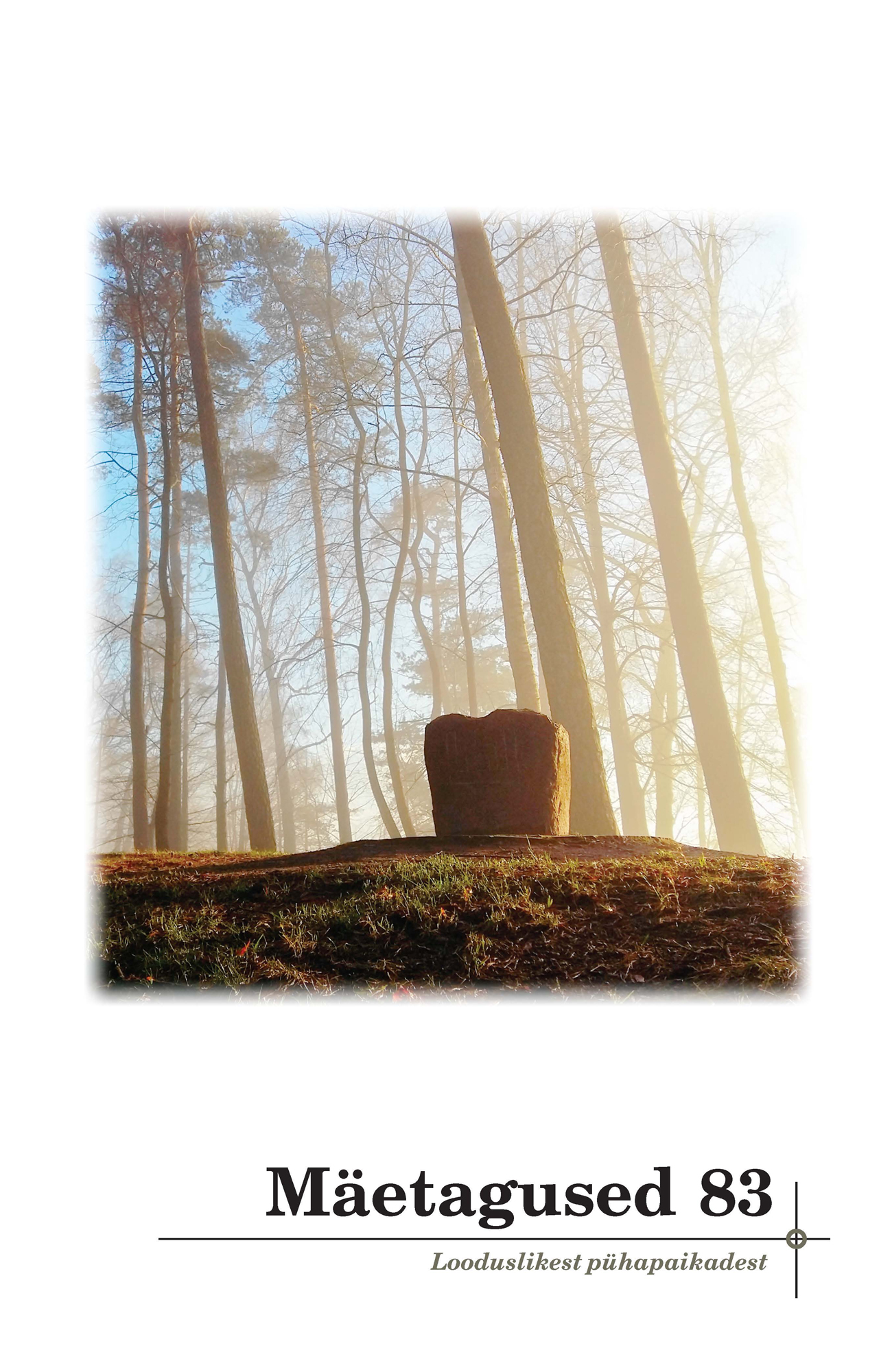Kesksed looduslikud pühapaigad Eesti kagunurgas
Natural holy places of regional meaning in the south-eastern corner of Estonia
Author(s): Heiki ValkSubject(s): Customs / Folklore, Cultural Anthropology / Ethnology, Culture and social structure
Published by: Eesti Kirjandusmuuseum
Keywords: natural holy places; border areas; peripheries; holidays; gatherings; Setomaa; popular Orthodoxy; Võrumaa; syncretism;
Summary/Abstract: Differently from most of Estonia, in the south-easternmost peripheries of the country – in the western border areas of Setomaa, as well as in the eastern and southern borderlands of Võrumaa – it is possible to distinguish sacred sites of regional meaning, i.e. those where popular religious assemblies related to offering took place on holidays. In the Orthodox Seto culture area where medieval way of life survived until the 1920s, such sites are represented by the sacral complex of Miikse (offering stone, healing stream, cemetery hill, formerly also sacred oak and spring), St Anne’s stone (Annekivi) in Pelsi and Päevapööramise mägi (‘The Hill Where the Sun Turns’) in Hinniala village. Two major Orthodox religious centres of Setomaa have been founded on pre-Christian sacred sites. The church of Saatse was preceded by a sacred pine tree. On the site of the famous monastery of Pechory (Petseri) there was probably a large sacral complex of a sacred hill with a grove and cave, as well as a sacred spring and offering stone. The site of religious assemblies called Bohomola mägi (‘The hill of praying to God’) was located somewhere on the forested borderlands of the Lutheran province of Livonia and the Orthodox province of Pskov, being attended by peasants from both regions. In Lutheran areas where the modernization of culture started since the 1850s and 1860s already, folkloric evidence is fragmentary and has preserved more poorly. There sites of popular assemblies related to offering on holidays are known from Viitina Vana-mõisa, Villa, Viitka, Paidra, Kuutsi and Linte, and a sacred site of central importance was located also on God’s hill of Vana-Laitsna (presently Vēclaicene municipality in Latvia). Most of these the sites lie in the extreme peripheries of medieval parishes – the churches of Räpina, Vastseliina and Hargla were founded only in the 17th century. The hinterlands of regional holiday assemblies probably correspond to regional identity units based of village groups called “corners” (nulk, kolk). Judging by the location of regional assembly sites of central meaning, their influence radius stretched until 6–10 kilometres. However, the system was not of symmetric character: some sites evidently had larger hinterlands than others and the hinterlands may also have overlapped. The religious gatherings were often related to the solstices in the natural calendar or church holidays replacing them. Existing data give evidence of the intertwining of pre-Christian and Christian elements, especially in the Orthodox areas. In some cases the assembly tradition at sacred natural site has been transformed into local church holidays on the name days of the sanctuary. The strong and long-term preservation of tradition in some holy places of Setomaa results from their association with Christianity and pilgrimages inherent in popular Orthodoxy.
Journal: Mäetagused. Hüperajakiri
- Issue Year: 2022
- Issue No: 83
- Page Range: 121-162
- Page Count: 42
- Language: Estonian

